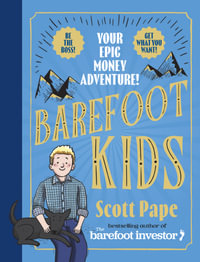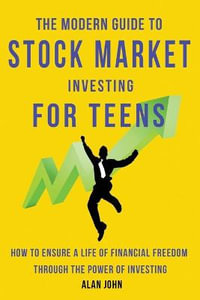
At a Glance
Hardcover
$35.25
or
Aims to ship in 10 to 15 business days
ISBN: 9781580893961
ISBN-10: 1580893961
Published: 2nd August 2016
Format: Hardcover
Language: English
Number of Pages: 112
Audience: Children
For Ages: 9 - 12 years old
For Grades: 4 - 7
Publisher: RANDOM HOUSE US
Country of Publication: US
Dimensions (cm): 25.9 x 19.4 x 1.5
Weight (kg): 0.66
Shipping
| Standard Shipping | Express Shipping | |
|---|---|---|
| Metro postcodes: | $9.99 | $14.95 |
| Regional postcodes: | $9.99 | $14.95 |
| Rural postcodes: | $9.99 | $14.95 |
How to return your order
At Booktopia, we offer hassle-free returns in accordance with our returns policy. If you wish to return an item, please get in touch with Booktopia Customer Care.
Additional postage charges may be applicable.
Defective items
If there is a problem with any of the items received for your order then the Booktopia Customer Care team is ready to assist you.
For more info please visit our Help Centre.
You Can Find This Book In
Non-FictionSelf-Help, Personal Development & Practical AdvicePersonal FinanceKids & Children's BooksEducational MaterialBusiness Studies & Economics Educational MaterialChildren's Non-FictionPractical Interests for Children & TeenagersLearning about Money for Children & TeenagersChildren, Teenagers & Young Adults (YA) FictionGeneral, Modern & Contemporary Fiction for Children & TeenagersHistory Educational Material
This product is categorised by
- Non-FictionSelf-Help, Personal Development & Practical AdvicePersonal Finance
- Kids & Children's BooksEducational MaterialBusiness Studies & Economics Educational Material
- Kids & Children's BooksChildren's Non-FictionPractical Interests for Children & TeenagersLearning about Money for Children & Teenagers
- Kids & Children's BooksChildren, Teenagers & Young Adults (YA) FictionGeneral, Modern & Contemporary Fiction for Children & Teenagers
- Kids & Children's BooksEducational MaterialHistory Educational Material
- Kids & Children's BooksPicture Books & Early LearningEarly Years & Early Learning ConceptsEarly Learning Numbers & Counting
- Kids & Children's BooksChildren's Non-FictionHistory & The Past for Children & Teenagers























